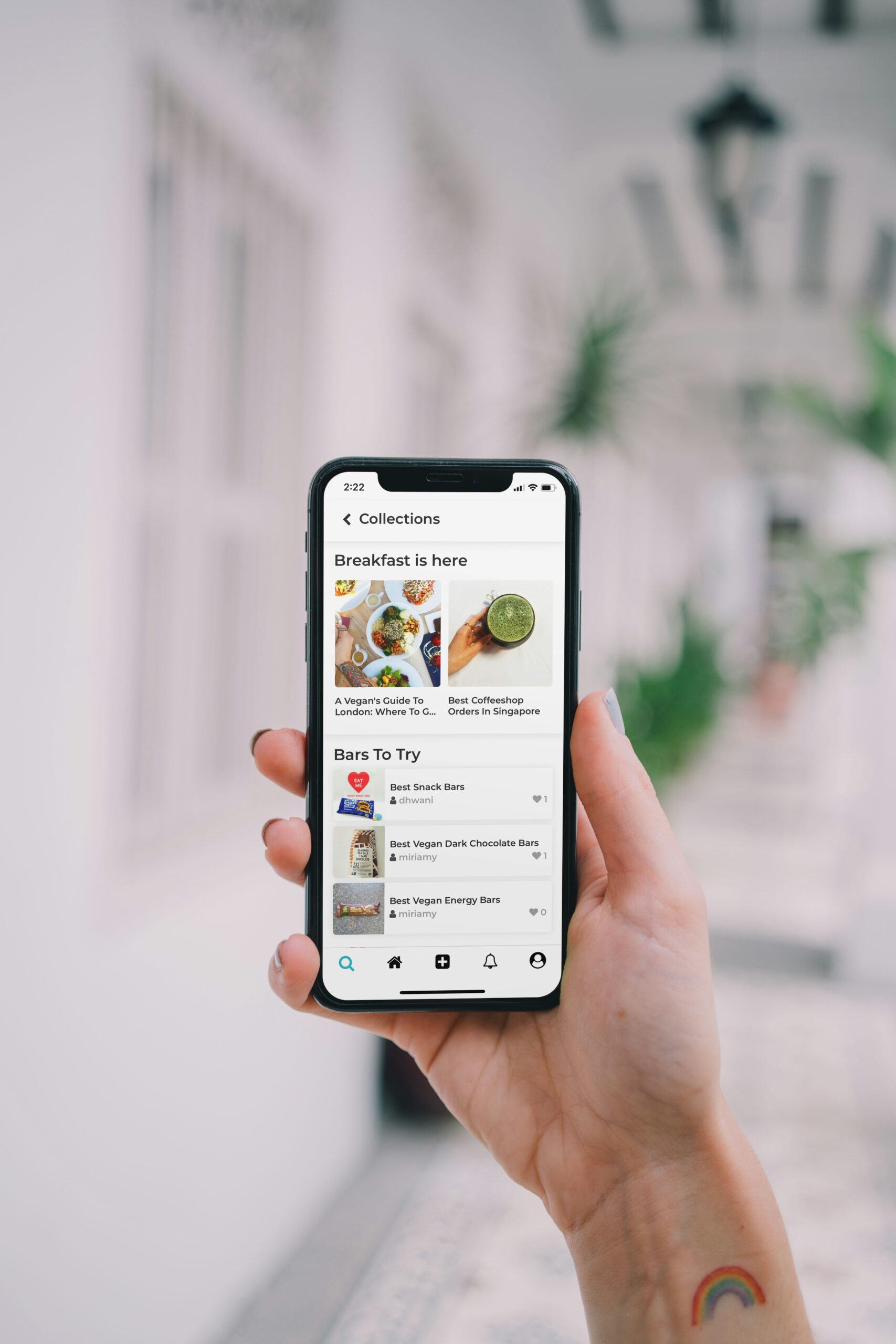Introduction
Veganism is a lifestyle choice that is gaining popularity around the world. With the increasing number of people adopting a plant-based diet, there is a growing demand for vegan-friendly apps that provide information, recipes, and resources to support this lifestyle. In order to cater to this audience effectively, it is important for vegan apps to have user-friendly interfaces and intuitive user experiences. In this blog post, we will explore some UI/UX innovations that can elevate the plant-based living experience for users of vegan apps.
1. Personalized Onboarding
One of the key aspects of a successful vegan app is to provide a personalized onboarding experience for users. By understanding the user’s preferences, dietary restrictions, and goals, the app can tailor its content and recommendations to meet their specific needs. This can be achieved through a series of interactive questions or quizzes that help the app gather relevant information about the user. By personalizing the user’s journey from the start, the app can create a more engaging and meaningful experience.
2. Intuitive Recipe Search
One of the main reasons people turn to vegan apps is to discover new and delicious plant-based recipes. To enhance the user experience, vegan apps can incorporate intuitive recipe search functionalities. This can include filters for dietary restrictions, cooking time, ingredients, and even specific cuisines. By making it easy for users to find recipes that match their preferences, vegan apps can save users time and effort in their search for the perfect meal.
3. Community Engagement
Veganism is not just a diet; it is a community. Vegan apps can foster a sense of community by incorporating features that allow users to connect with like-minded individuals. This can include forums, chat rooms, or social media integration. By providing a platform for users to share their experiences, ask questions, and support each other, vegan apps can create a sense of belonging and encourage users to stay engaged with the app.
4. Meal Planning and Grocery Lists
Planning meals and grocery shopping can be a challenge for many people, especially when transitioning to a vegan lifestyle. Vegan apps can simplify this process by offering meal planning tools and grocery lists. Users can input their dietary preferences and the app can generate personalized meal plans and corresponding grocery lists. This not only saves time but also ensures that users have all the necessary ingredients to prepare their meals.
5. Nutritional Information and Tracking
For many individuals, tracking their nutritional intake is an important aspect of maintaining a healthy vegan diet. Vegan apps can provide nutritional information for each recipe, including macronutrients, vitamins, and minerals. Additionally, apps can offer features that allow users to track their daily food intake and monitor their nutrient levels. By providing this information in a user-friendly and visually appealing manner, vegan apps can empower users to make informed choices about their diet.
6. Gamification and Rewards
Adding gamification elements to a vegan app can make the experience more enjoyable and motivating for users. This can include challenges, achievements, and rewards for reaching certain milestones or goals. By incorporating elements of competition and recognition, vegan apps can encourage users to stay engaged and committed to their plant-based lifestyle.
Conclusion
As the demand for vegan apps continues to grow, it is important for developers to prioritize user experience and interface design. By incorporating personalized onboarding, intuitive recipe search, community engagement, meal planning and grocery lists, nutritional information and tracking, and gamification elements, vegan apps can elevate the plant-based living experience for users. These UI/UX innovations not only enhance the usability of the app but also contribute to the overall satisfaction and success of individuals embracing a vegan lifestyle.


Leave a Reply